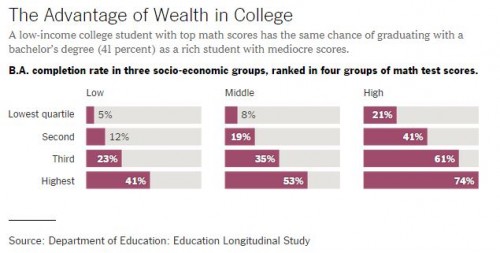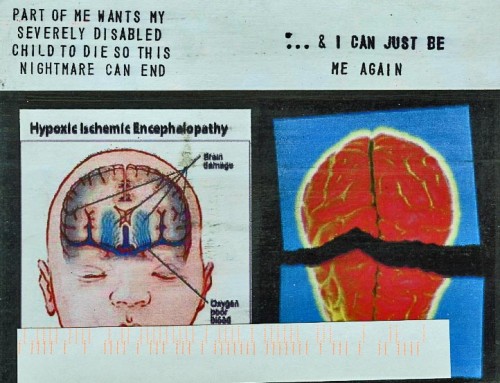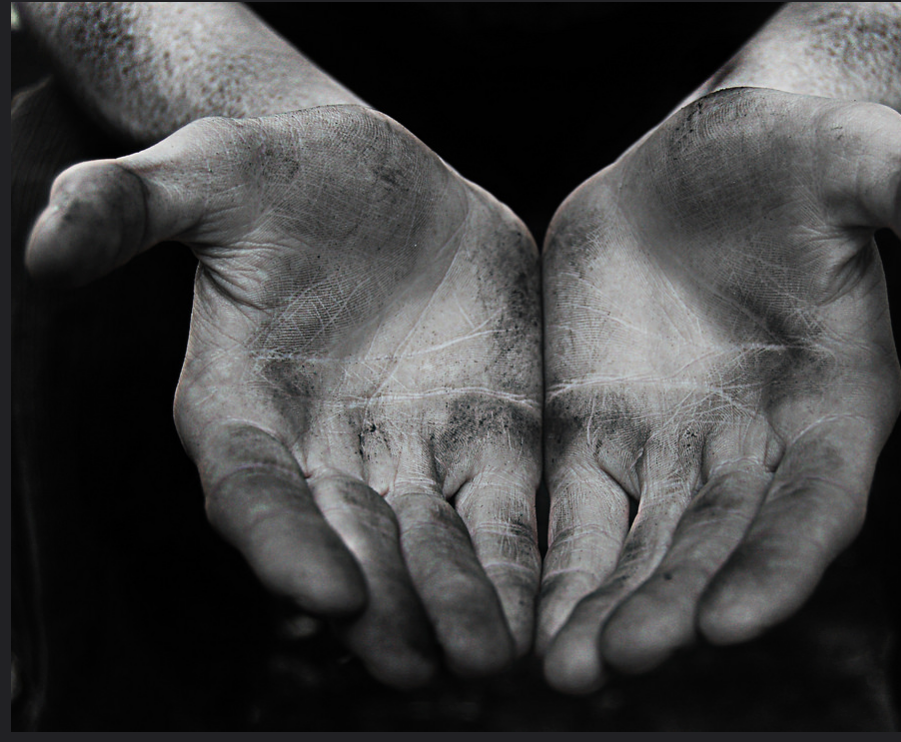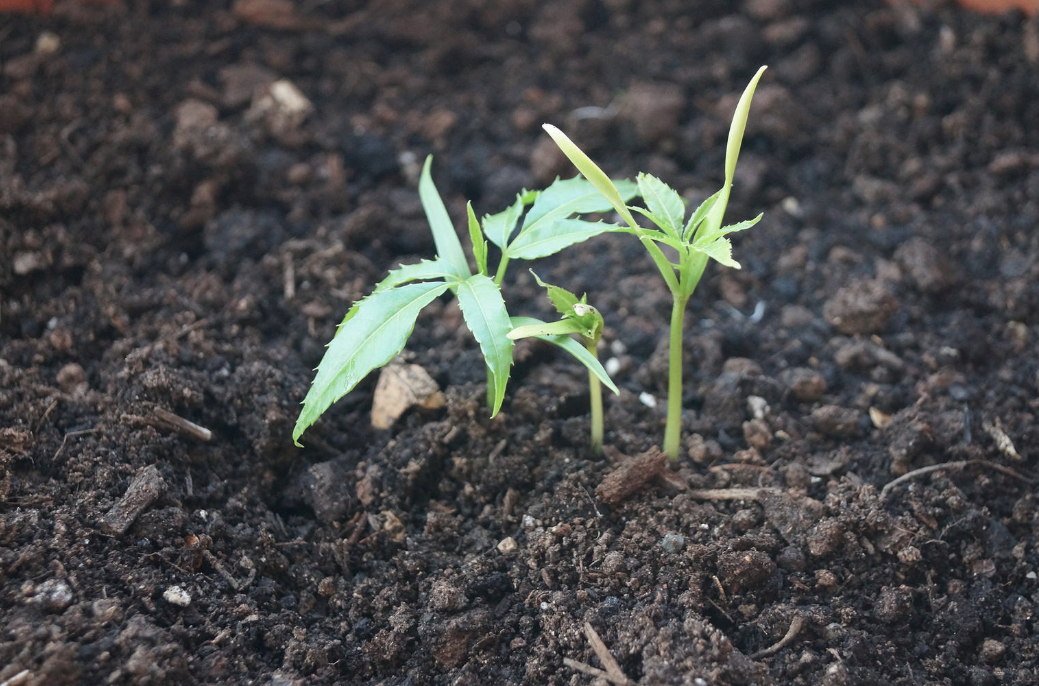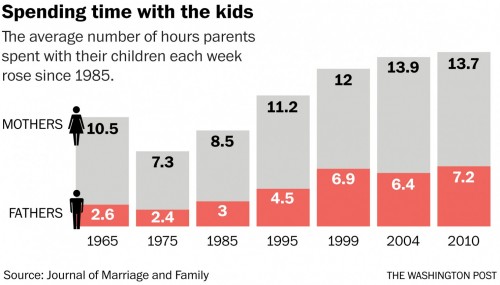I wake up at 4:55 AM each and every morning. Why? Well, in part, because I can, because I have the freedom to choose at what time I’m going to start my day. This is not true of every day mind you, as many things can change an individual’s schedule or routine. That said, I get up that early, again in part, because when my door most often unlocks, at about 5:15 AM, I don’t want to be in the cell any more where I’ve been for the last number of hours.
I most often choose to eat plain oatmeal with peanut butter, (unless it’s Sunday when the chow hall typically serves eggs, potatoes and toast) because in part I don’t want to experience anymore of the chow hall that I reasonably have to, and because I can afford to eat oatmeal (at $1.00 per pound) and peanut butter (at $2.15 per 16 oz. container) for breakfast.
Work starts at 6:00 AM and I count myself as extremely fortunate to have what we call an industries job. This is an 8-hour a day, 5-days a week, job, in the penitentiary’s industrial laundry. We process linen from the surrounding hospitals, colleges, institutions, etc. Between 1 million and 1 and a half million pounds per month of linen gets processed through our facility. I work in the maintenance department, which is responsible for keeping the equipment running smoothly, maintaining operation of the machinery, scheduling down time for repairs, etc. This job also pays exceedingly well (comparably speaking) as instead of the average monthly income of around $45.00 I earn roughly $150.00 monthly. This has allowed me to maintain regular contact with family through phone calls at 0.16 per minute ($4.80 for a 30-minute phone call) purchase some items to make life more livable through supplementing the food provided from the chow hall with items from canteen / commissary, as well as pay off my restitution and court fees over the last 17-years of roughly $15,000.00 so that should I one day regain an opportunity to live in the community, I’ll be able to start that life without monetary debt.
Typically, around noon I’ll have lunch, which most often gets eaten in that place I’d rather not frequent, the chow hall. Our menu rotates every 3-months (by seasons) with few exceptions, and while that isn’t horrible for a couple of years, when you start passing decades by, it gets redundant and the desire to consume food outside of what gets offered day in and day out grows. I’ve come to think of what I eat as simply fuel.
Between 1 o’clock and 2 o’clock I’m off work and might try to get outside for some sunshine if I’m lucky enough, maybe some exercise, jog around the track or just walk some laps with someone who I need to catch up with for however long. Otherwise it’s reading, studying for work, educational purposes, etc.
Dinner is around 5 PM, that same chow hall that I’d most often rather not go to, however I don’t want to suggest that the food is so bad that we can’t eat it because that’s not the case, many here are well overweight, it’s simply the choices those individuals choose to make in how and what they consume, what level of activity they participate in, whether due to their abilities or basic drive, and what medical conditions may exist in their lives.
During the evening hours I try to write letters, read, call family and friends, maybe attend a function or fundraiser if I’m fortunate enough be involved in something of that nature, educational opportunities, youth outreach programs, etc. For many however, it’s nothing more than watching TV or staring at a blank wall. Again, I’m fortunate, both in my personal agency and my outlook on life.
When I’m asked about “what prison is like” I offer that it is an extremely lonely place, where every moment of every day is dictated for you, and where there’s tremendous opportunities for self-reflection. In the movies, on TV, and through media coverage, you see individuals that get swept up into the justice system and there’s this emphasis on the crime, the trial, entry into prison…then there’s a few scenes of portrayed prison, walking the yard with the tough guys, pumping iron, watching your back in the shower room, etc. and lastly this great experience of being released from prison, back to spending time with family and friends, BBQ’s in the summer-time, and so on and so forth. All very “event orientated” without the day-to-day experiences put on display. In part that’s because you can’t show the day-to-day loneliness, the feelings of exclusion, the feelings of shame and cowardice that accompany an individual’s incarceration. The realization that we’ve not only victimized our actual victims through whatever offense(s) we’ve committed, but we’ve additionally victimized our own families, the community, society as a whole, our friends and loved ones, everyone in fact that we come in contact with. The courts, lawyers, judges, prosecutors, juries, corrections officers, police, detective… and the list goes on and on!
So what do I hope to get across here? For starters, we as prisoners are human beings, individuals who have failed society for whatever reasons and though no excuse relieves us from our poor life decisions, without hope and help to be better people, without redemption, society is all but lost in its entirety through our bad behaviors. In a discussion group with college students not long ago, after describing some of the opportunities available here in the penitentiary in which I reside, one student asked me if we as prisoners deserved such opportunities. I paused before answering that society deserves us to have such opportunities, because if we do not come out of prison with more skills and a more productive mindset then we came in with, we are destined to once again fail society.
This is a day in the life of a prisoner… one who considers himself extremely fortunate in countless ways and for just as many reasons.
Cross-posted at Public Criminology and Rise Up.
Trevor is the current President of the Lifers Unlimited Club and a leader of RISE UP! (Reaching Inside to See Everyone’s Unlimited Potential), a youth empowerment program at the Oregon State Penitentiary. To see more writing/advice from the men in RISE UP!, please check out the program’s blog at www.riseuposp.com and feel free to comment there. They would love to hear from you.

